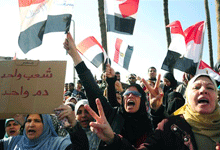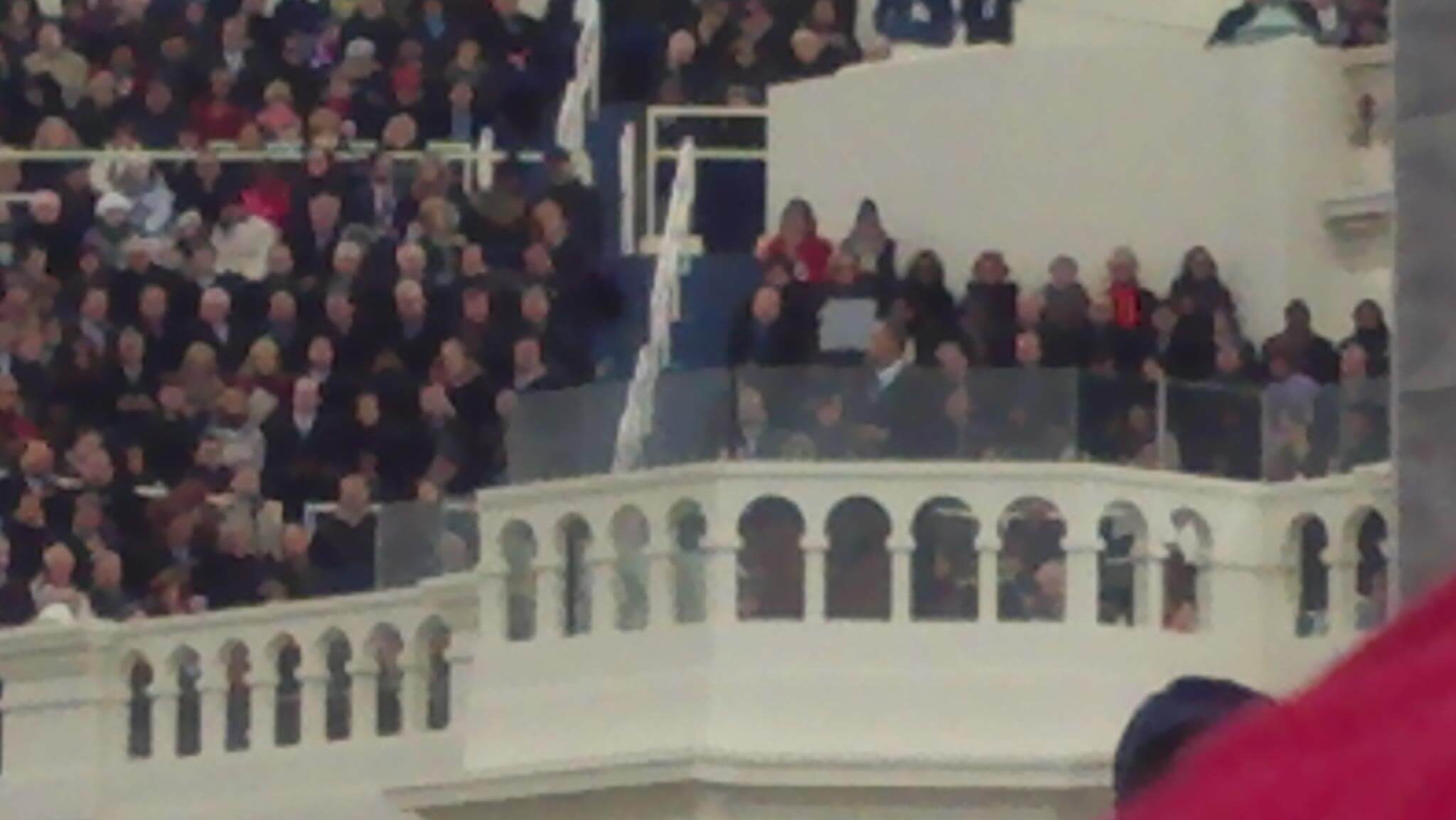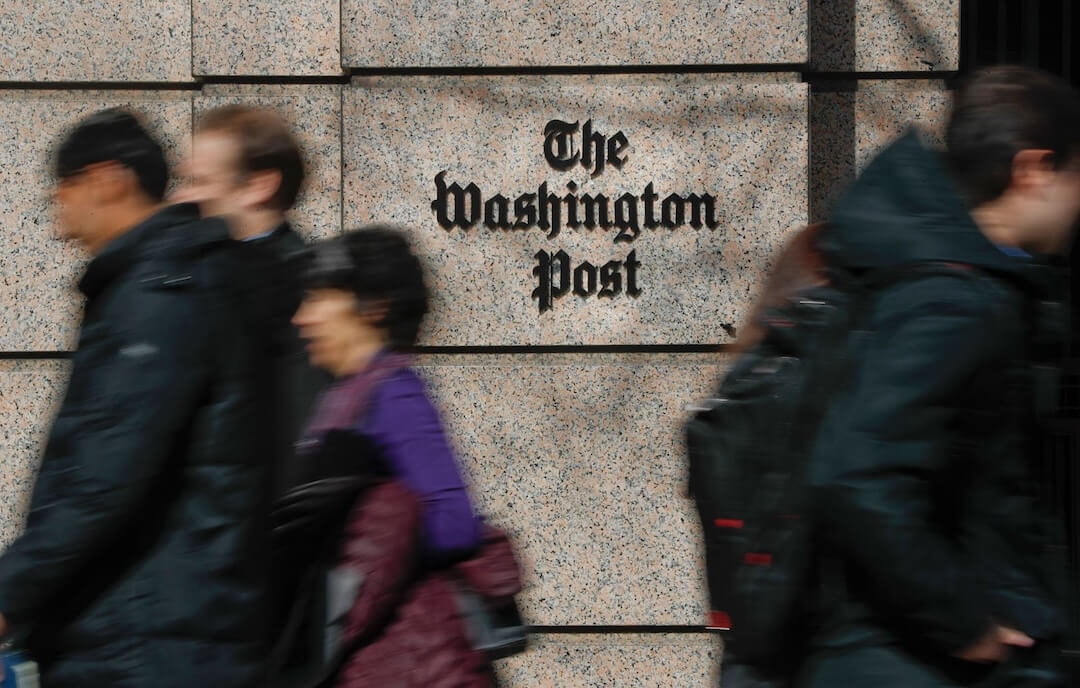Turns out a guy on a camel charging through Cairo’s crowded Tahrir Square is a more compelling story to mainstream American news media than hundreds of snow-swamped cars stalled on Chicago’s Lake Shore Drive. At least that’s one implication of the latest Project for Excellence in Journalism’s weekly News Coverage Index.
It’s been a year of wild winter weather in this country, with clever copy writers nearly exhausting the available supply of over-the-top terms for the next big event: Snowmageddon. Snowpocalypse. Snowmygod. Snowinthetowel. And it may feel, especially to those not caught up in the storm of the moment, that such stories get more than their share of attention. But it turns out that, during a week when Oklahoma looked like Minnesota, the story setting record levels for coverage was the continuing unrest in the Middle East, especially Egypt.
According to the PEJ Index for the week of Jan. 31, that story filled 56 percent of the newshole. That is, 56 percent of the time and/or space devoted to all news content for the week by the 52 outlets included in the sample.
Mark Jurkowitz, who writes PEJ’s weekly Index report, says the Egyptian protests are the biggest international story his organization has tracked in the four years since it launched the Index.

Egyptian anti-Mubarak protesters march in Alexandria, Egypt with an Arabic sign that reads "Egypt, one nation, one blood." (Tarek Fawzy/AP)
“We’re at new heights here, given that there are no U.S. troops involved,” Jurkowitz said.
The Egyptian story took the top ranking from the war in Iraq, which accounted for 43 percent of the newshole during the week of Sept. 9-14, 2007. The earthquake in Haiti, with its hundreds of thousands of casualties and near-neighborhood location, now drops to third place. It earned 41 percent of coverage the week of Jan. 11-17, 2009.
Winter weather coverage, by comparison, gets far less traction. Even in the face of a Katie-bar-the-door blizzard like last week’s, it accounted for only 8 percent of the newshole.
“Weather was second,” said Jurkowitz, “but it got lapped by international news.” At 57 to 8 percent, “lapped” may be putting it mildly. If the News Index were a football game, it would have been a laugher. If it were an election, it would have been a shellacking.
In fact, ubiquitous as the story may have seemed, last week’s storm wasn’t the most heavily covered winter event in the PEJ’s four years of data. That came only five weeks earlier, when the Christmas blizzard clobbered the Northeast.
Drop a foot or two of snow during the busiest travel week of the year on the biggest concentration of news media in the world, and what do you get? Thirteen percent of the newshole, according to PEJ – a lot more than last week’s wintry blast, but still less than a quarter of the coverage Egypt earned by the same standard in the most recent Index.
It’s important to note that the PEJ News Coverage Index tracks just that – coverage – and not consumer interest. For that, there’s the appropriately named News Interest Index, generated by the Pew Research Center for the People and the Press. The Interest Index analyzes the public’s response to the stories identified in the Coverage Index, and for last week, it finds a big gap between interest and coverage.
The Egypt story that occupied 56 percent of the newshole was listed by just 30 percent of respondents as the story they were following most closely. The previous week, only 11 percent listed Egypt as their top story, when it accounted for 20 percent of coverage, meaning the disparity between coverage and interest grew as the protests in Cairo continued.
Despite that disparity, Egypt was listed as the top story by more people than any other story in the Interest Index for last week — but it edged out winter weather by only a slight margin. Twenty-six percent of those surveyed listed the storms as the story they were following most closely, while coverage of those storms accounted for only 8 percent of the newshole. That’s another significant gap, but in this case interest was far greater than coverage, while on Egypt, coverage far outpaced interest.
There are, of course, other measures of viewer interest: The Weather Channel reported record prime-time on-air ratings and an all-time high number of online page views for Jan. 31, when weather was at its worst in some parts of the country.
It probably wouldn’t surprise most people that, of the coverage winter weather does get from national media, a disproportionate amount appears on network television. Coverage of such stories is twice as extensive – or more – on network television as in print, radio and online news media.
“Dramatic visuals and footage from local affiliates make weather a bigger staple of network news than of other sectors,” Jurkowitz said.
And while the PEJ Coverage Index does include local newspapers as small as the Toledo Blade and the Joplin Globe, it does not track local television newscasts, where it’s safe to say weather trumps just about all other news.
So, what accounts for the seemingly sudden resurgence of interest in international issues among American news media who for years have been closing bureaus, cutting coverage overseas and going local like never before? There’s no research on that yet, at least looking at the Egypt experience, but Jurkowitz has some ideas.
“Part of the narrative was journalists in peril,” Jurkowitz said. “Anytime the media become part of the story, it gets more coverage.”
That may seem like simple self-absorption, but it’s easier to understand in light of results like what CNN saw after Anderson Cooper came under attack on the streets of Cairo. His show that night topped rival Greta Van Susteren’s on Fox News Channel by 65,000 viewers.
Whatever the reason, the attention Egypt earned last week is a dramatic departure for mainstream media in this country. They chose a dangerous, distant and expensive story over one that was easier to understand, closer to home and far cheaper to cover.







Comments